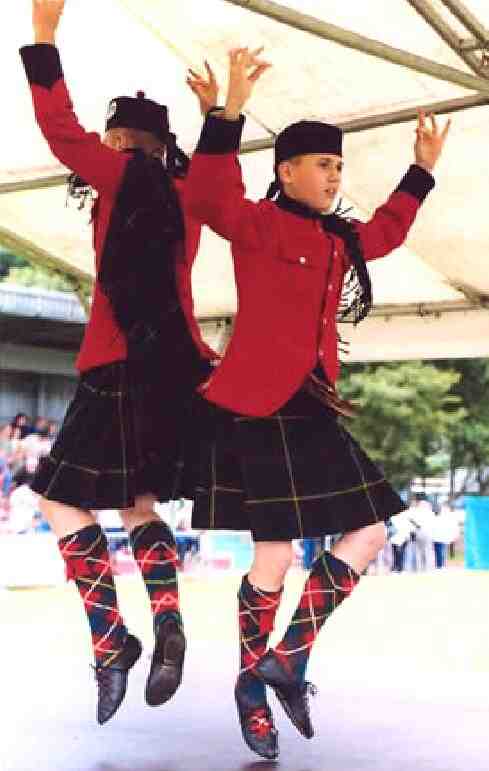
Figure 1.--The sodt-soled shoe had a major impact on Scottish dance. As a result of this and other shifts, modern Scottish dances are quite different than actual traditional dances of the Highlands. |

|
There are several types of Scottish dance two of the most important are step dancing and Highland dancing. There are many misunderstandings and distortions about Scottish step dancing--all that nonsense about Queen Victoria's "infatuation with the Highlands" which had a "lasting effect upon the style of music and dance". Perhaps it is an attempt at retroactive "Royal bashing" for it has no bearing whatsoever on reality. Queen Victoria appears to have taken a sincere and supportive interest in Scotland's culture and languages and would urge others to read her journals before making such sweeping statements. There are also accounts from oral tradition, such as one which was re-told to me by my colleague, Dr. John MacInnes, of Queen Victoria advising the Duke of Atholl to employ a Gaelic-speaking nursemaid so that the language would not be lost. If only 20th century mothers had applied her clear-thinking principle, Gaelic and Celtic culture in general would be in a much healthier state.
Irish step dancing is today most associated with Ireland, but step dancing in Scotland and Ireland shares many of the same Celtic roots. In view of the fact that by far the greatest influence on Scottish traditional dance did not appear until well after Queen Victoria's death, it might be as well to remind readers of the facts. Ironically, (though too often the case with people who "mean well") the woman who undoubtedly had the greatest influence on dance had every intention of "preserving" it. She was Miss Jean Milligan, lecturer in Physical Education at Jordanhill College of Education in Glasgow, and as such, was in the ideal position to train teachers in every aspect of the dances she clearly loved. She did not, however, love the wild, undisciplined ways of the "untrained" village hall or kitchen-floor dancers, who, at that time would dance in whatever footwear they happened to be wearing, or, as was often the case in summer, in bare feet. She was certainly willing to study dance, and if, for example, she watched several versions of a particular reel, she would decide on a standard *correct style*, then, with missionary zeal, set about
"correcting" rural dances. Beginning with footwear (dance-pumps, please) she tackled "position", having decided it should be based on classical ballet.
Scottish dancing came to North America towards the end of the eighteenth century and during the first half of the 19th century large numbers of Scots went abroad either willingly to seek a better life or unwillingly as part of the infamous Highland Clearances. Many Scots settled in Canada and the United States. I believe it is this phenomenon which has resulted in the survival of much of the old culture. Highland dancing in Scotland subsequently evolved. The introiduction of the soft shoe was a a major factor. Increasin attention was given to figures rather than steps. Interest in Highland dancing increased during the 20th century. Dancing contests have become increasingly competitive. Instruction became authoritative, and the dancing technique became more defined. Since there
were differing ideas on technique and judging, the Scottish Official Board or Highland Dancing and its traditional and accepted technique of competition came into being.
Scottish country dancing is the modern form of the "country dancing" that was wide spread in both England and Scotland in the 18th century. It generally involves groups of about 6 to 10 people of mixed gender usually forming a "set". They dance to the driving strains of reels, jigs and strathspeys played on a variety of instruments--most commonly the fiddle, accordion, flute, piano, drums, and other instruments. Interestingly they rarely dance to bagpipes. The dance often combines solo figures for the "first couple" in a set with movements for all the dancers. There is, however, considerable variation in country dancing. One sorce reports that there are over 7,000 different dances have been catalogued and perhaps only about 1,000 are of lasting and non-local importance. These dances often derive from traditional sources such as old manuscripts and printed dance collections, but many are of recent derivation. This fusion of the traditional and the modern, and its ongoing evolution, are to many part of the attraction of Scottish country dance.
Navigate the Historic Boys' Clothing Web Site:
[Introduction]
[Activities]
[Biographies]
[Chronologies]
[Countries]
[Bibliographies]
[Contributions]
[Frequently Asked Questions]
[Glossaries]
[Satellite sites]
[Tools]
[Boys' Clothing Home]
Navigate the Historic Boys' Clothing Web chronological pages:
[The 1880s]
[The 1890s]
[The 1900s]
[The 1910s]
[The 1920s]
[The 1930s]
[The 1940s]
[The 1950s]
Navigate the Historic Boys' Clothing Web dance pages:
[Main Scottish dance page]
[Ballet]
[Irish step]
[Ballroom]
[Native American]
[Interperative]
[Greek]
[Tap]
Navigate the Boys' Historical Clothing kilt pages:
[Main kilt page]
[Kilt suits]
[Scottish kilts]
[Scottish boys clothing]
[Scottish school uniform]
[Highland dance]
[Irish kilts]
[Irish boys clothing]
[Irish step dancing]
[Greek kilts]
